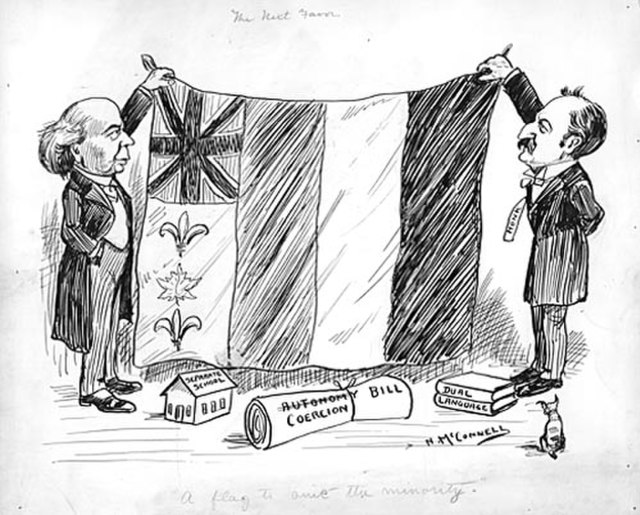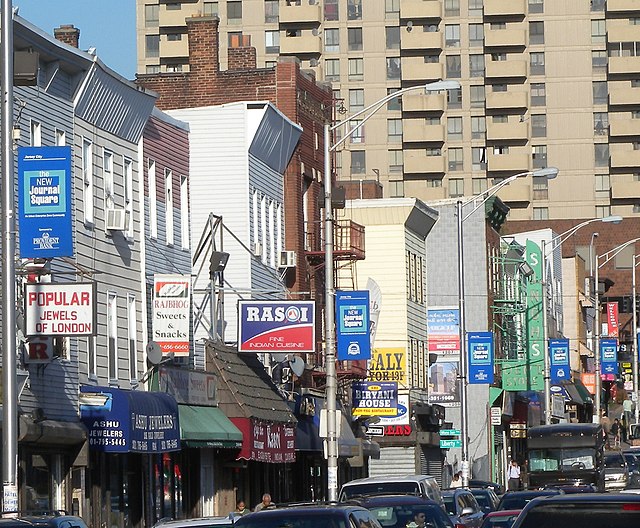Multiculturalism in Canada
Multiculturalism in Canada was officially adopted by the government during the 1970s and 1980s. The Canadian federal government has been described as the instigator of multiculturalism as an ideology because of its public emphasis on the social importance of immigration. The 1960s Royal Commission on Bilingualism and Biculturalism is often referred to as the origin of modern political awareness of multiculturalism, resulting in Canada being one of the most multicultural nations in the world. The official state policy of multiculturalism is often cited as one of Canada's significant accomplishments, and a key distinguishing element of Canadian identity and Canadian values.
Castle Mountain Internment Camp held immigrant prisoners of Ukrainian, Austrian, Hungarian and German descent.(1915)
Head Tax Receipt - The head tax was introduced in 1885, as a means of controlling Chinese immigration.
The Dr. Sun Yat-Sen Classical Chinese Garden in Vancouver's Chinatown is the first full-size Chinese or "scholars" garden built outside of China.
Political cartoon on Canada's bicultural identity showing a flag combining symbols of Britain, France and Canada, from 1911
The term multiculturalism has a range of meanings within the contexts of sociology, political philosophy, and colloquial use. In sociology and in everyday usage, it is a synonym for ethnic pluralism, with the two terms often used interchangeably, and for cultural pluralism in which various ethnic and cultural groups exist in a single society. It can describe a mixed ethnic community area where multiple cultural traditions exist or a single country within which they do. Groups associated with an indigenous, aboriginal or autochthonous ethnic group and settler-descended ethnic groups are often the focus.
The Monument to Multiculturalism in Toronto, Canada. Four identical sculptures are located in East London (South Africa), in Changchun (China), in Sarajevo (Bosnia and Herzegovina) and Sydney (Australia).
People of Indian origin have been able to achieve a high demographic profile in India Square, Jersey City, New Jersey, US, known as Little Bombay, home to the highest concentration of Asian Indians in the Western Hemisphere and one of at least 24 enclaves characterized as a Little India which have emerged within the New York City Metropolitan Area, with the largest metropolitan Indian population outside Asia, as large-scale immigration from India continues into New York City,
Russian Orthodox Cathedral of the Most Holy Trinity in Buenos Aires
House with elements of people from different countries, including Russians and Germans, in Carambeí, south of the country, a city of Dutch majority








